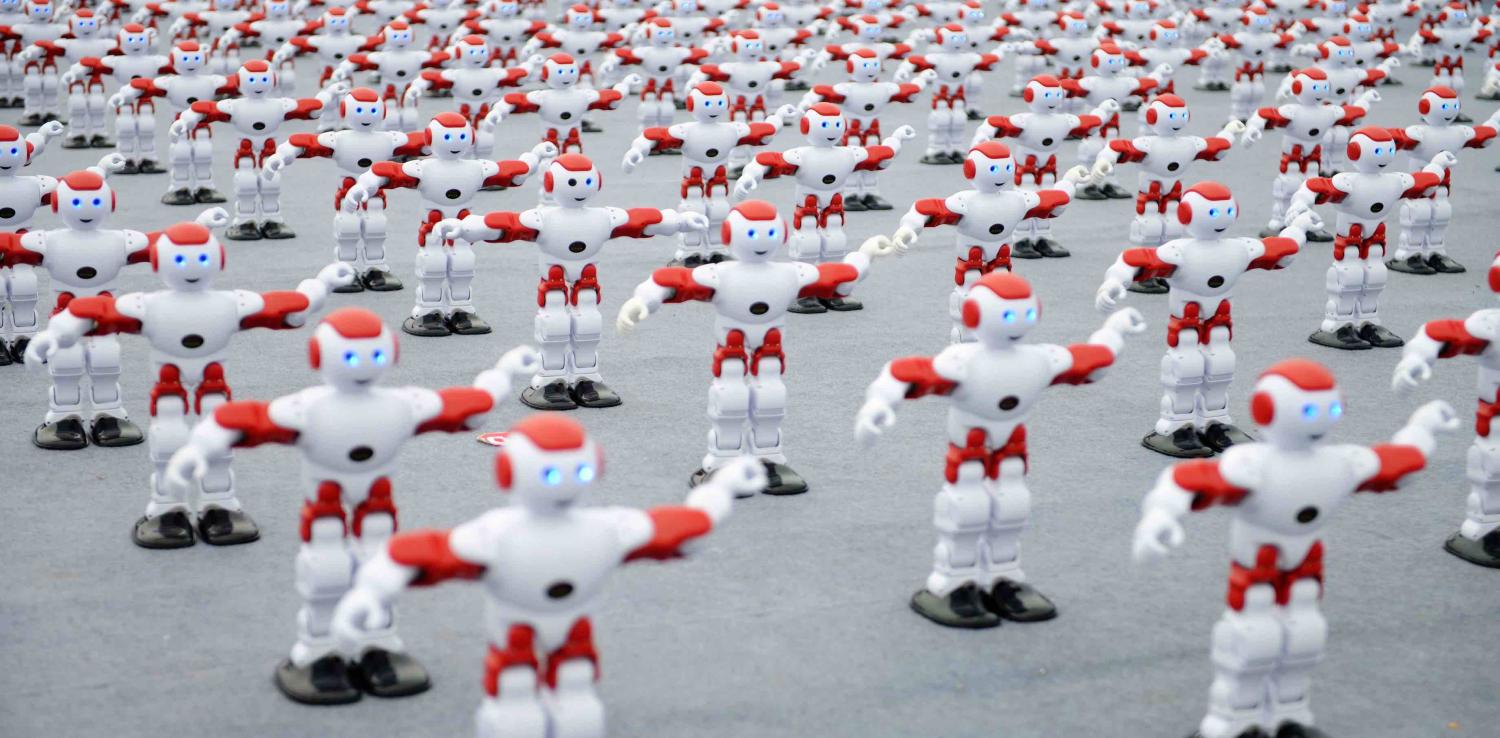It may be chaotic and confused, but the Trump administration is not entirely nuts. Expected to slam China with heavy penalties for appropriating the intellectual property of US businesses, the administration instead appears to be stopping short of a fundamental injury to the world’s biggest bilateral trading relationship.
Even so, the developing dispute over intellectual property is now a big risk to US–China economic ties, one that if mishandled has the capacity to hurt the growth of world trade.
According to background briefings given by administration officials to the media last week, President Donald Trump will soon announce a US $30-billion penalty on China’s exports to the US in reprisal for what the administration will claim is the cost of Chinese appropriation of US businesses’ intellectual property.
In most contexts, $30 billion is a very large amount; however, it is less than 6% of China’s annual exports to the US. Depending on the time frame and method of application, the actual cost may be mitigated. Imposed as, say, a 20% tariff on $30 billion of China’s US exports, the cost could come down to something closer to $6 billion, shared between Chinese exporters and US consumers.
The action will be proposed in response to an adverse finding in an investigation under Section 301 of the US Trade Act, initiated in August by the US Special Trade Representative Robert Lighthizer. Much depends on the plausibility of the 301 report, which is delivered as an outcome of the investigation.
The official brief for the USTR investigation was to examine:
any of China’s laws, policies, practices, or actions that may be unreasonable or discriminatory and that may be harming American intellectual property rights, innovation, or technology development.
It was, to say the least, a very wide brief. The further the report goes beyond actual offences to World Trade Organization rules, the less support the US will receive from the rest of the world.
The 301 report will likely argue that China has engaged in deliberate, large-scale appropriation of intellectual property from the US. It will allege that Chinese Government authorities, private businesses, and state-owned enterprises have participated in co-option of intellectual property. It will claim that there has been a systematic campaign to target technologies, including robotics, artificial intelligence, and advanced communications. And it will assert that some of these technologies have defence applications, so their importance is not only commercial but also strategic.
The 301 report will probably claim that Chinese corporations and government authorities have used standard commercial means to transfer technology, including commercial licensing agreements, but also less legitimate and less obvious means to which US and other advanced economies should be more alert. These include direct offshore investment in early-stage Western technology businesses; direct offshore investment in mature Western technology businesses; and “involuntary” knowledge transfers required by Chinese authorities as part of the price of access to China’s vast and rapidly growing consumption and investment market.
The 301 document may also accuse Chinese authorities of engaging in cybertheft of intellectual secrets and actual commercial espionage, citing cases that arose during previous administrations.
Most of this is old stuff. With varying levels of annoyance and plausibility, the US has been complaining of theft of intellectual property by China for three decades. It was once an argument over DVDs and fake designer handbags, watches, and jeans. Under successive administrations the argument moved on as China moved up the technology curve.
Nor is the US complaint unique to China. Further back, the US was accustomed to similar disputes with Japan and South Korea. Even today, US officials sometimes portray France as a close second to China in intellectual property wickedness. As recently as May 2014, former US Secretary of Defense Robert Gates said:
[there] are probably a dozen or 15 countries that steal our technology ... in terms of the most capable, next to the Chinese, are the French – and they’ve been doing it a long time.
Rhetorically enlivened by the Trump administration, the US stance on intellectual property will meet very little dissent in Washington. It will be backed by Republicans and Democrats alike, free-traders and protectionists. Once upon a time, US corporations would have lobbied against strong action on China. Perhaps disappointed by their experience in China, perhaps cowed by greater anti-China sentiment as that country has asserted itself in the world, US business is now on the side of sterner action – particularly regarding intellectual property transfers.
China will certainly respond with sanctions on US exports to China, which over the last decade have grown twice as fast as China’s exports to the US. But China, like Europe, will be wary of escalating the dispute with the US. It will continue to look to the long game.
Tangled in this coming dispute are much bigger issues for the US, China, and the rest of the world. One is the extent to which the US may wish to obstruct China’s declared intention of becoming a leading competitor in high-technology industries. Another is the extent to which the US wishes to frame trade disputes with China as those between a “liberal international order” created and sustained by the US and a state-directed transactional and opportunistic challenge by China.
In its disputes over intellectual property and China’s adherence to WTO undertakings in 2001, the US will be seeking allies. These include Australia, but the major ally the US needs is Europe. The administration appears prepared to refer some aspects of the intellectual property case to the WTO, long portrayed by Trump as the centre of anti-US iniquity in global trade disputes.
To find allies, the administration is evidently now prepared to do what was previously unthinkable. But European support will not be forthcoming unless the US gives ground on its steel and aluminium tariffs due to become effective on Friday.

